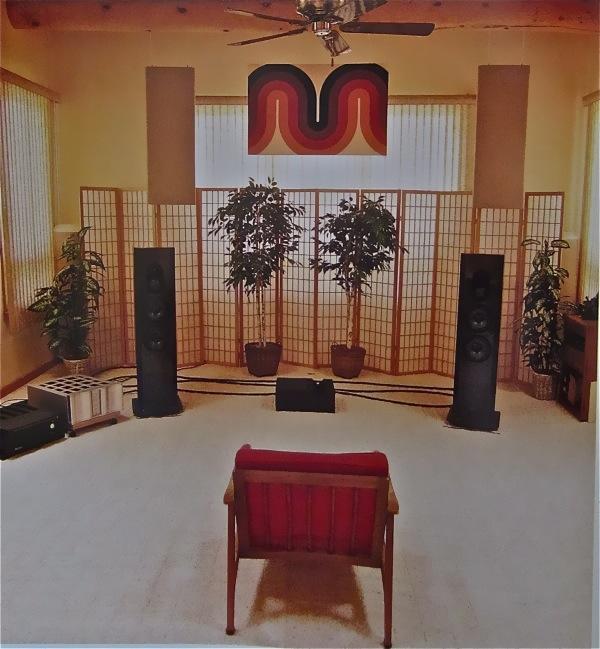I feel your pain when it comes to moving. After moving ftom New York to Florida our first home did not have a room big enough for a suitable home theater.
After a 2 year search for a new home I found the perfect home. I turned the corner for the living room and there was a 20 x 30 home theater room. I didnt need to see anymore of the house.
Built in bookcases to put my 1700 dvd and blu ray collection in. The one set back a fireplace. I asked my wife "We aren't going to use the fireplace right? She said no why? Because the TV is going in front of it."
My system is powered by a Marantz 8801 sending output to Polk Monitor 70 series 2, center channel Polk CS2, 2 Polk PSW50512 subwoofers,and 4 Polk RTI4 for surrounds and back, an LG 55 EA 9800,and a Oppo 103d.
Just one note the tv was on sale at Amazon for $1900. You can not beat that price and the Polks were on sale from 50 to 70 percent off. Thank God for Amazon.
I have been a big fan of your publication for years and would like to thank all the reviewers for giving us, the readers great reviews even though we do not agree with all the time.

































































